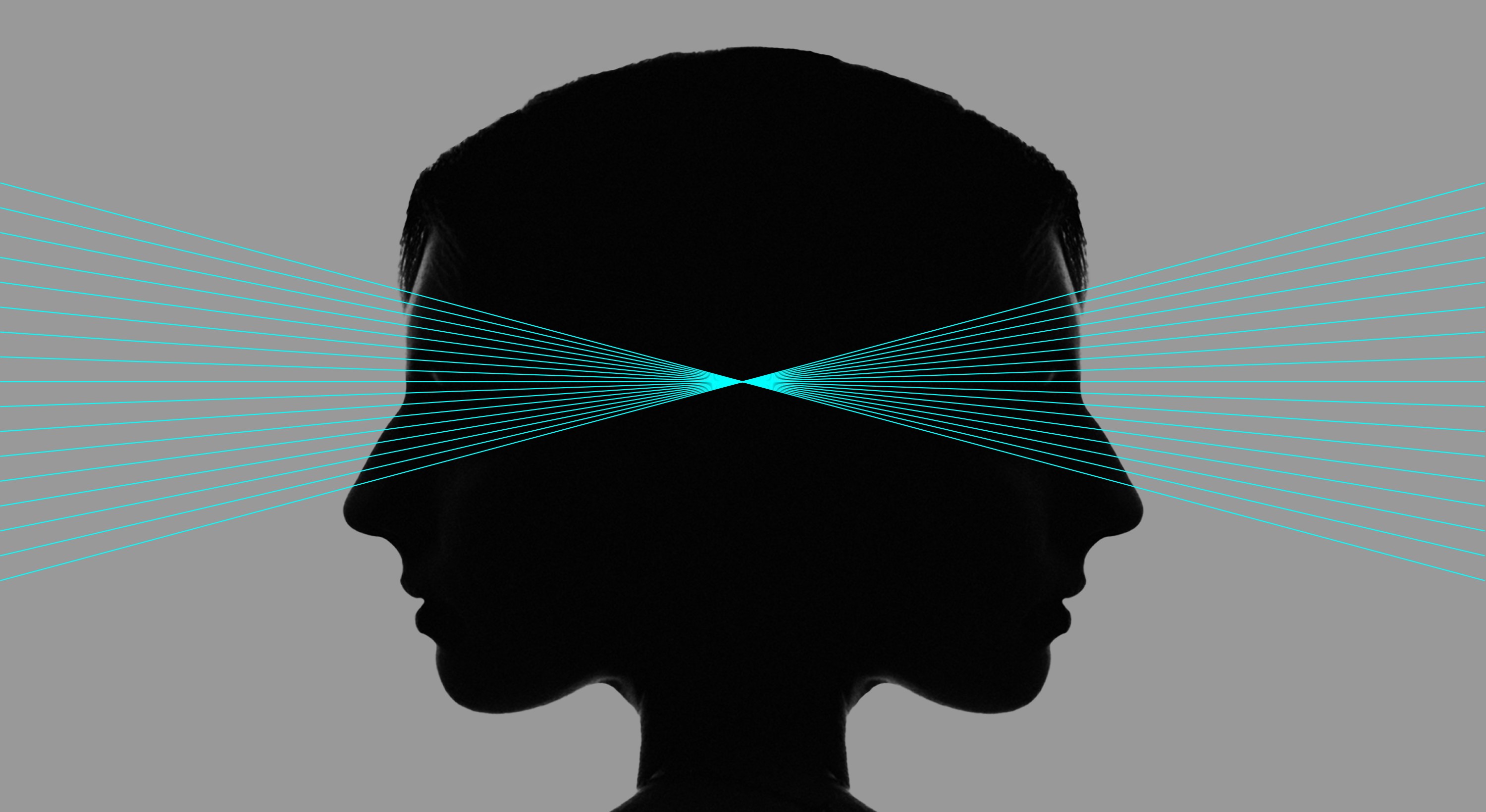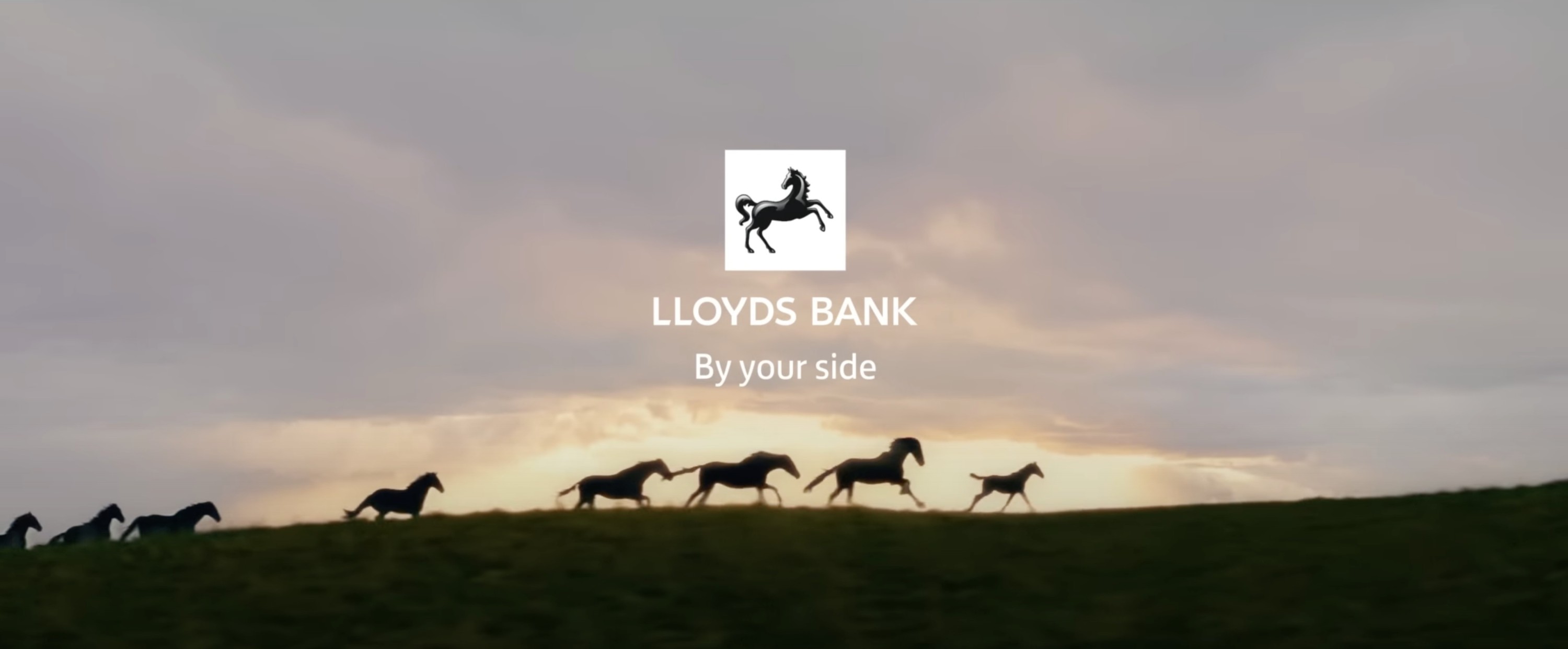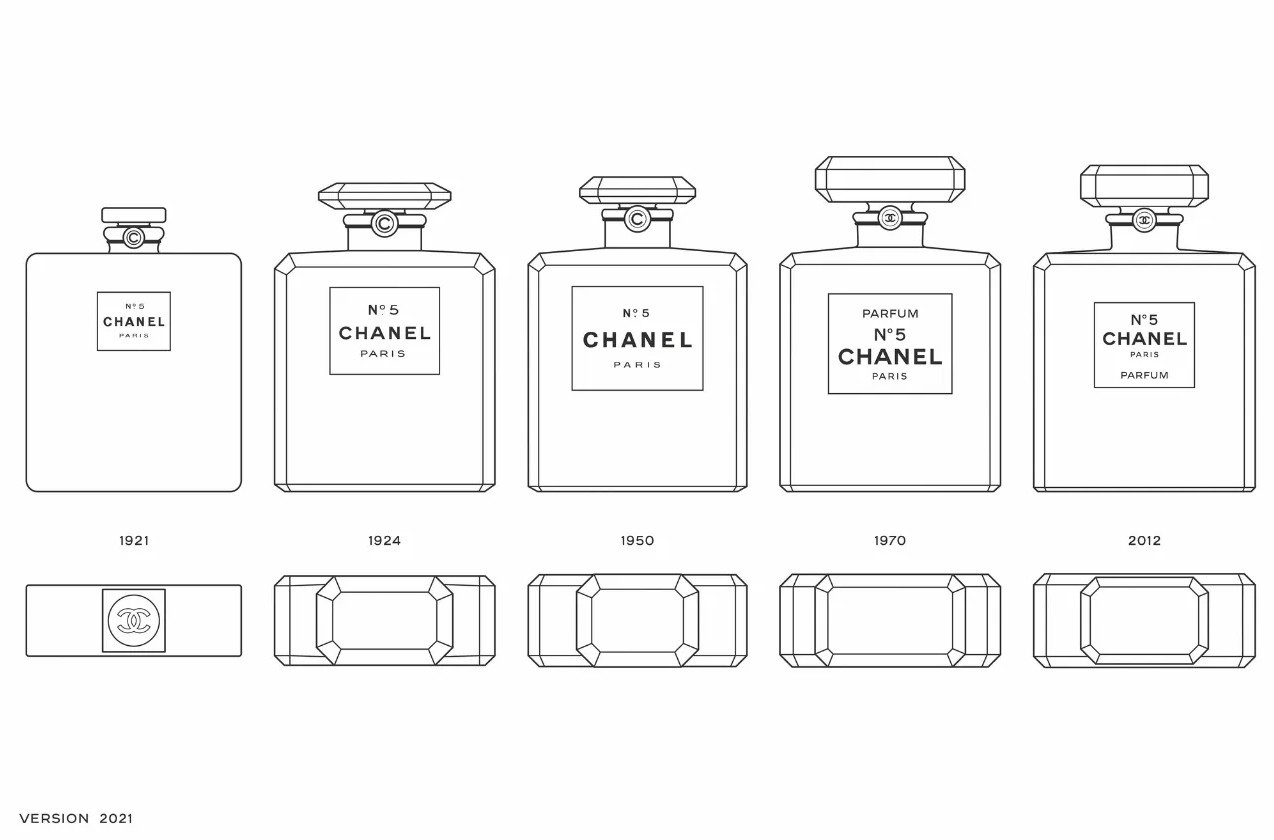50 years back, 50 years on: what gives brands staying power and which of today’s brands will endure and why?
For those with long memories there was a time when the word ‘brand’ was used just to denote consumer products – think Coca-Cola, Heinz, Persil. Not anymore. Today ‘brand’ may refer to businesses, political parties, charities, universities or football clubs, not mention entire nations and even individuals. Anything or anyone can be a brand now, as we well know.
For the world of business, maintaining the saliency of your company’s brand can be critical to its success, but it has taken 50 years for this to be universally recognised. If we track back to the early 1970s, we can see the beginnings of the modern brand revolution.
It was a revolution in which designers rather than marketing or advertising professionals took the lead. Based less on consumer appeal or sales, the design view was broader. It was formed around building coherence and consistency of expression across every aspect of a business. Designers began to show clients how a well-designed product or service delivered with well-designed packaging and sold through well-designed environments, and so on, could make a bigger impact and build a stronger reputation. The totality was important, not just the individual parts.
What we have learned
There are lessons to be learned from 50 years ago, and maybe indicators for the next 50.
One brand we must surely be able to learn from was famously launched from a garage in Los Altos, CA. That was in 1976. Today it is the world’s most valuable brand. Yes, you’ve guessed it – Apple. From the start it did things differently from established competitors – looking at computing from a more intuitive perspective, getting inside the heads of users and reverse-engineering its technology. As it transitioned from desktops to laptops to tablets and smartphones, Apple stuck with that basic premise – make it easy for the user and ideally make it simpler and more beautiful. This attitude has sustained its innovative philosophy and its brand over the decades.


